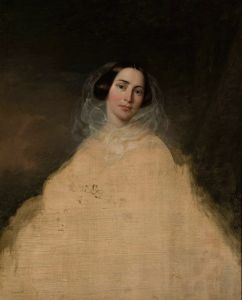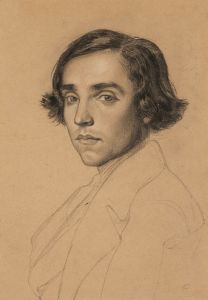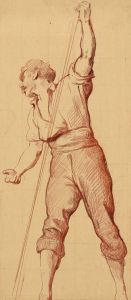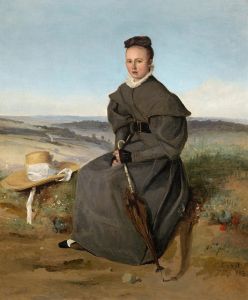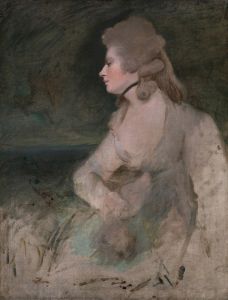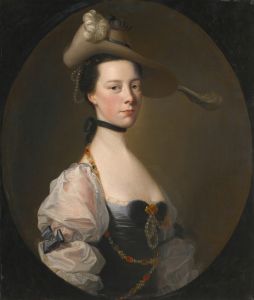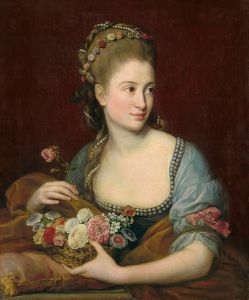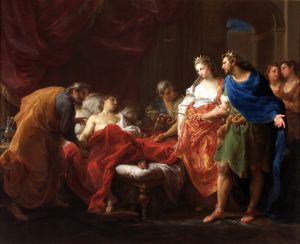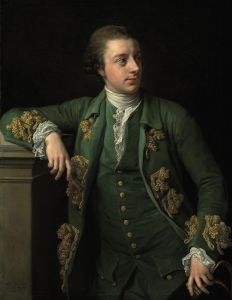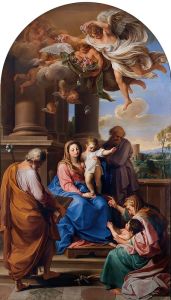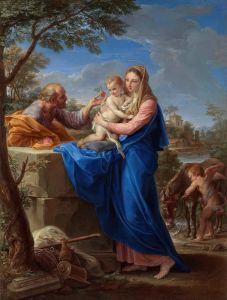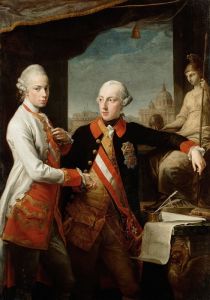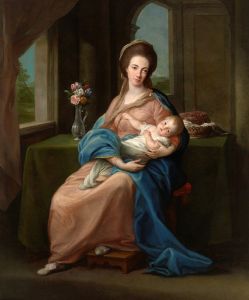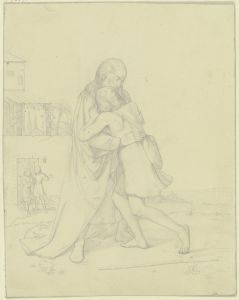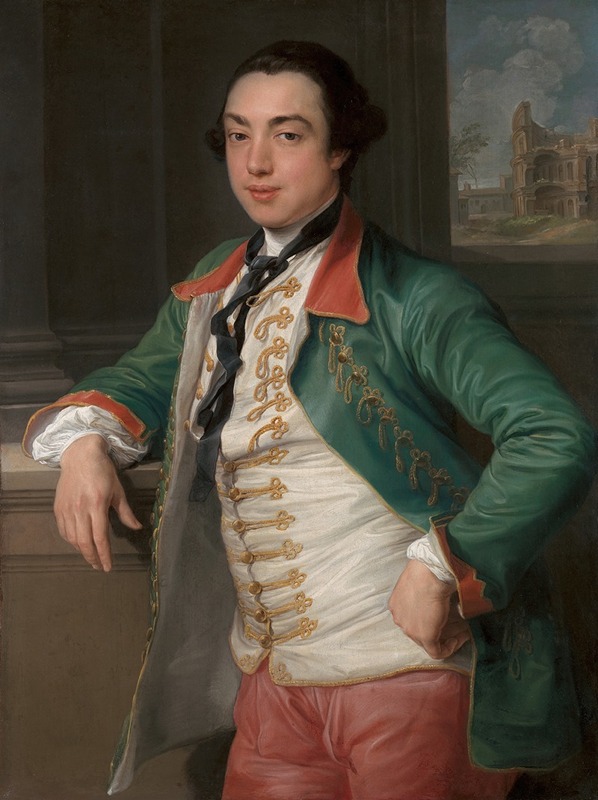
James Caulfeild, fourth Viscount Charlemont
A hand-painted replica of Pompeo Batoni’s masterpiece James Caulfeild, fourth Viscount Charlemont, meticulously crafted by professional artists to capture the true essence of the original. Each piece is created with museum-quality canvas and rare mineral pigments, carefully painted by experienced artists with delicate brushstrokes and rich, layered colors to perfectly recreate the texture of the original artwork. Unlike machine-printed reproductions, this hand-painted version brings the painting to life, infused with the artist’s emotions and skill in every stroke. Whether for personal collection or home decoration, it instantly elevates the artistic atmosphere of any space.
James Caulfeild, fourth Viscount Charlemont by Pompeo Batoni is an 18th-century portrait painted by the renowned Italian artist Pompeo Batoni. The artwork depicts James Caulfeild, the 4th Viscount Charlemont (1728–1799), an Irish statesman, patron of the arts, and prominent figure in the cultural and political life of 18th-century Ireland. The painting is an example of Batoni's celebrated portrait style, which combined elements of classical grandeur with meticulous attention to detail and a sense of individuality in his sitters.
James Caulfeild was a key figure in the Irish Enlightenment and is best remembered for his contributions to the arts and his role in the Irish Volunteer movement. He embarked on a Grand Tour of Europe, a customary journey for young men of his social standing, during which he visited Italy and became acquainted with the cultural and artistic achievements of the time. It was during this period, likely in the 1750s, that Caulfeild commissioned Batoni to create his portrait.
Pompeo Batoni (1708–1787) was one of the most sought-after portrait painters of his era, particularly among European aristocrats and Grand Tourists. His portraits often featured his sitters in elegant poses, surrounded by classical motifs or objects that reflected their interests, education, or social status. In this painting, Batoni portrays Caulfeild with a refined and dignified demeanor, emphasizing his status as a cultured and learned gentleman. The background and composition of the portrait may include classical elements, such as columns, drapery, or references to antiquity, which were common in Batoni's works and aligned with the tastes of his patrons.
The painting is significant not only as a representation of Caulfeild but also as an example of the cultural exchange between Ireland and continental Europe during the 18th century. It reflects the influence of Italian art and the Grand Tour on Irish aristocracy and highlights Batoni's role in shaping the visual identity of his patrons.
The current location of the painting is not specified in this context, but many of Batoni's works are housed in major art collections and museums around the world. The portrait remains an important artifact for understanding the intersection of art, politics, and society in 18th-century Europe.





